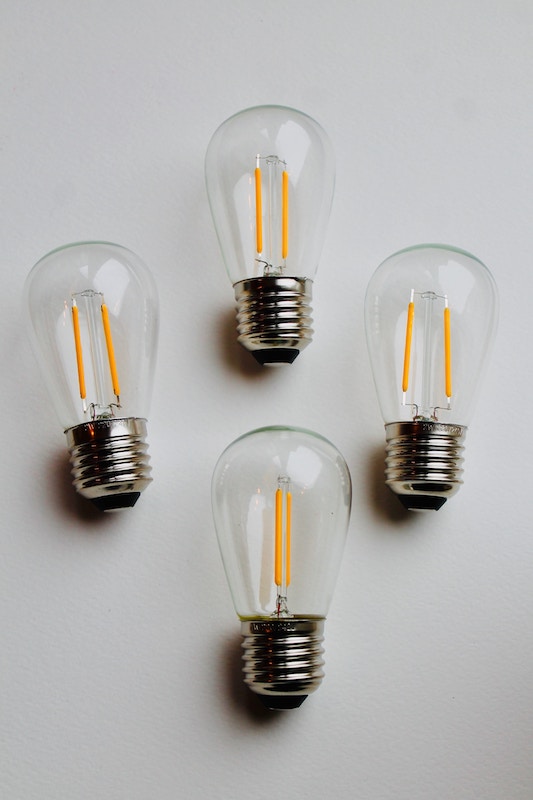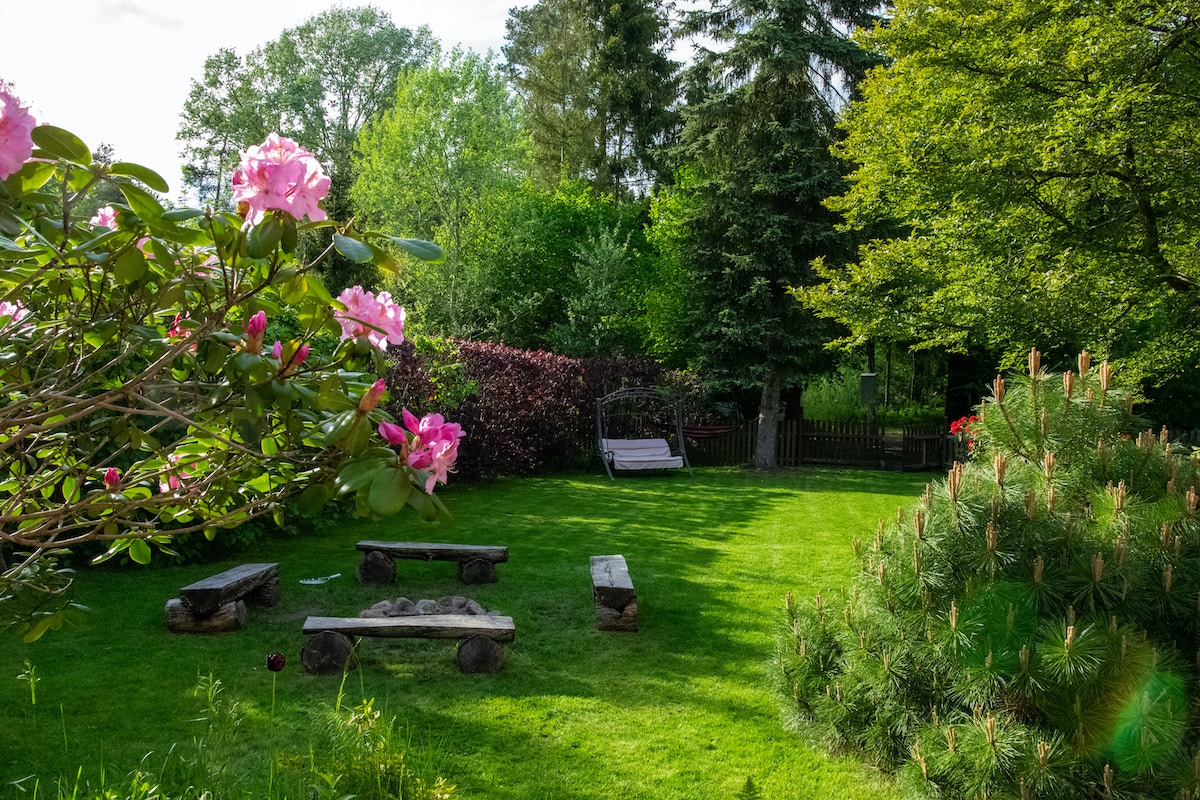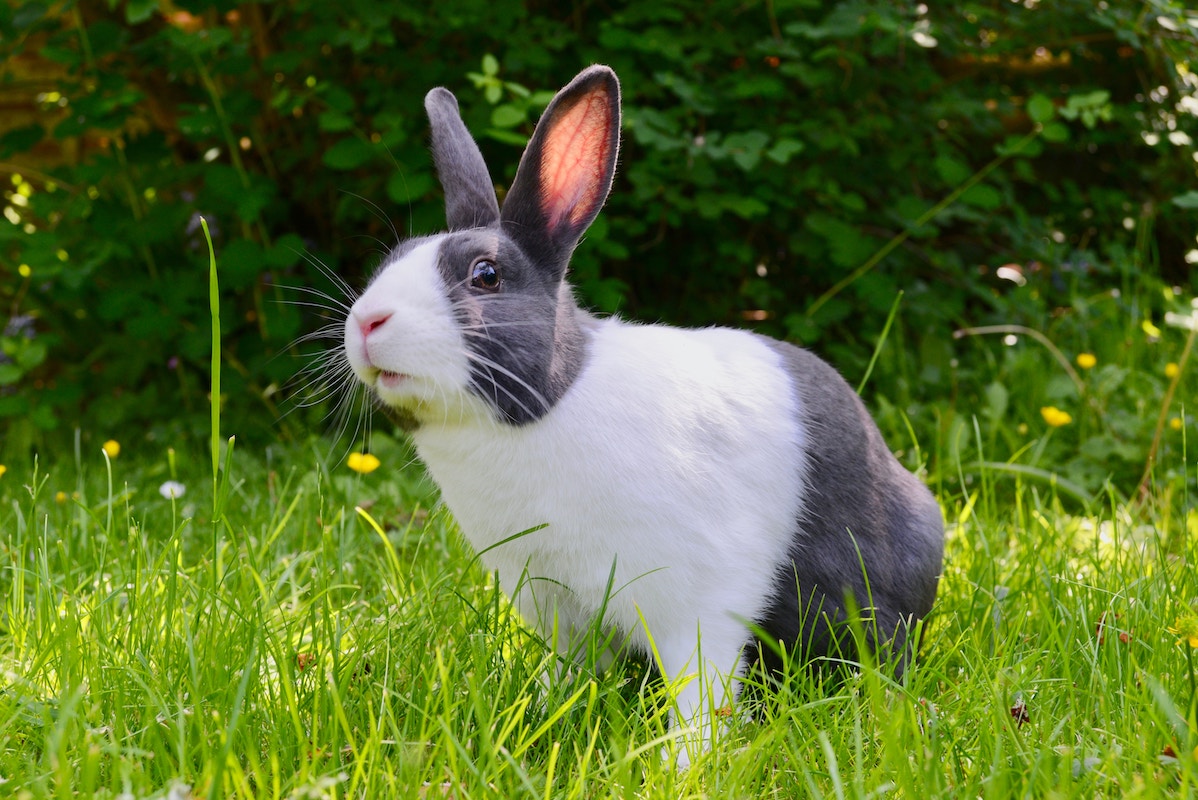The right lighting can transform a house into a home, creating ambiance, enhancing functionality, and influencing the overall mood. However, with the myriad of lightbulb options available, choosing the right ones can be a bit overwhelming. Fear not! This guide will walk you through the factors to consider when selecting lightbulbs for your home, ensuring you make informed decisions that illuminate your space in the best possible way.
Understand Different Types of Lightbulbs:
Before delving into the specific characteristics of lightbulbs, it’s essential to familiarize yourself with the most common types:
- Incandescent Bulbs: Traditional bulbs known for their warm, soft light. They are being phased out but are still available.
- Halogen Bulbs: Similar to incandescents but more energy-efficient and longer-lasting.
- Compact Fluorescent Lamps (CFLs): Energy-efficient bulbs that produce light by passing an electric current through a gas, creating ultraviolet light.
- Light Emitting Diodes (LEDs): Highly energy-efficient and long-lasting bulbs that use a semiconductor to emit light.
Consider Color Temperature:
Color temperature is measured in Kelvin (K) and influences the warmth or coolness of the light. Consider the following ranges:
- Warm White (2700K-3000K): Creates a cozy and inviting ambiance, suitable for living rooms and bedrooms.
- Cool White (3500K-4100K): Ideal for task lighting in areas like kitchens and workspaces.
- Daylight/Neutral White (5000K-6500K): Mimics natural daylight and is suitable for reading areas and bathrooms.
Evaluate Brightness (Lumens):
Brightness is measured in lumens, and the right level depends on the room’s purpose. Consider the following guidelines:
- Low-Light Areas (e.g., bedrooms): 500-1000 lumens.
- Task Lighting (e.g., kitchen, reading nooks): 1000-2000 lumens.
- General Room Lighting (e.g., living room): 2000-4000 lumens.
Assess Bulb Lifespan:
LEDs generally have a longer lifespan than other types of bulbs. Consider the following average lifespans:
- Incandescent Bulbs: 1,000 hours.
- Halogen Bulbs: 1,000-5,000 hours.
- CFLs: 8,000-10,000 hours.
- LEDs: 25,000-50,000 hours.
Factor in Energy Efficiency:
Opt for energy-efficient bulbs to save on utility bills and reduce environmental impact:
- Energy Star Certification: Look for the Energy Star label on bulbs, indicating compliance with energy efficiency standards.
- Wattage Equivalency: LEDs and CFLs provide the same brightness as incandescent bulbs with lower wattages, contributing to energy savings.
Choose the Right Bulb Shape:
Different bulb shapes serve various purposes and fit distinct fixtures:
- A19 Bulbs: Standard bulbs for general use.
- BR Bulbs (Reflectors): Directional bulbs often used in recessed lighting.
- Candle Bulbs: Mimic the shape of a candle flame, suitable for decorative fixtures.
Compatibility with Fixtures:
Consider the type of fixtures you have and ensure the chosen bulbs fit and function correctly:
- Dimmer Compatibility: If you have dimmer switches, choose bulbs labeled as “dimmable.”
- Enclosed Fixtures: Check if the bulbs are suitable for enclosed fixtures, especially for CFLs and LEDs.
Be Mindful of Flickering and Glare:
Avoid issues like flickering or excessive glare, which can be distracting or uncomfortable:
- LED Compatibility with Dimmers: Some LEDs may flicker when used with traditional dimmer switches, so choose bulbs designed for compatibility.
- Bulb Design: Select bulbs with diffusers or shades to minimize glare.
Creating the Perfect Ambiance
Choosing the right lightbulbs for your home is a nuanced process that involves considering various factors, from color temperature to energy efficiency. By understanding your lighting needs and the characteristics of different bulbs, you can create a well-lit and inviting space that complements your home’s aesthetic. Illuminate your surroundings thoughtfully, and enjoy the perfect ambiance tailored to your preferences.




